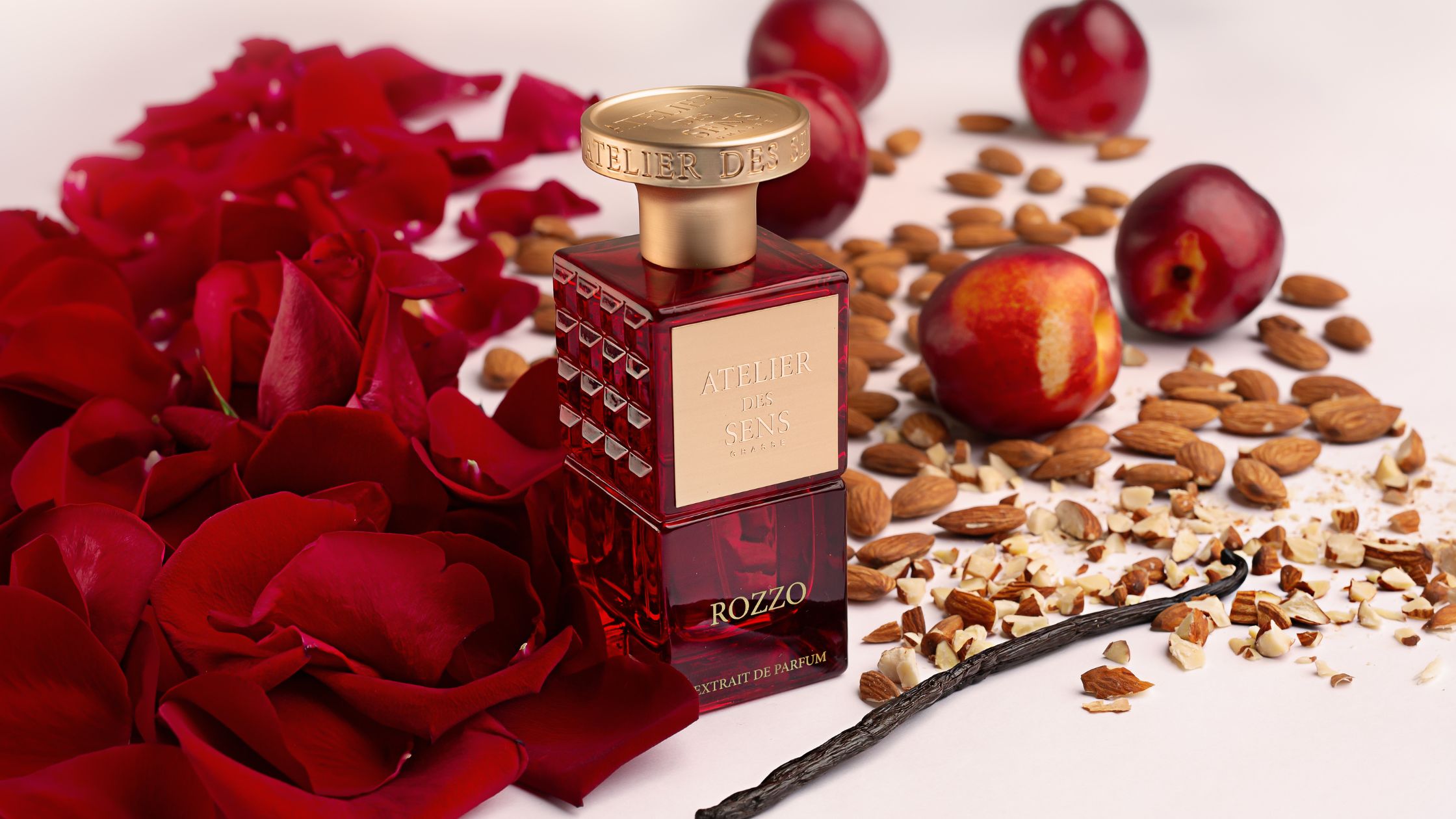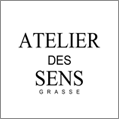Niche perfumes mean much more than just small-batch production or exclusive distribution. These olfactory treasures prioritise scent above everything else. They often feature bold, unexpected combinations that break away from mainstream trends.
The boundaries between designer and niche brands have become less clear over the last several years. Many renowned niche brands like Le Labo, Byredo, and Diptyque now belong to major corporations such as Estée Lauder, LVMH, or Puig. The development hasn’t changed their essence, though. True niche fragrances still stand out through their limited edition batches, superior ingredient selection, and unique scent profiles.
This piece will guide you through what makes a fragrance truly niche and how it’s different from designer perfumes. You’ll learn why testing these fragrances before buying them matters so much. The fascinating world of niche perfumery in 2025 awaits – whether you’re just starting your journey into artisanal perfumes or want to learn more about the fragrance industry.
What is Niche Perfume?
The term “niche perfume” emerged in the 1980s as a thoughtful response against the fragrance industry’s standardisation. The original movement started when smaller, independent perfume houses reacted to large commercial brands. These big brands’ marketing campaigns and celebrity endorsements had started to overshadow the actual scent.
Definition and origin of the term
Niche perfumery creates fragrances in limited quantities. Independent houses craft these scents with their unique artistic vision. L’Artisan Parfumeur, Annick Goutal, and Serge Lutens led this movement as pioneers. These early niche creators wanted to return to perfumery’s artistic roots. They valued quality ingredients and creative expression more than mass appeal.
Traditional niche perfumes share several key features:
- An in-house perfumer creates the scents instead of outsourcing
- Small batch production with limited availability
- Specialised boutiques handle distribution rather than department stores
- No celebrity endorsements or massive advertising campaigns
How niche is different from designer fragrances
Designer fragrances take a completely different approach. Designer brands create scents that appeal commercially, while niche perfumers focus on artistic expression and state-of-the-art techniques. Most designer perfumes use crowd-pleasing formulas. Niche creations feature complex compositions and unconventional notes instead.
Business models show substantial differences, too. Fashion houses produce designer fragrances as brand extensions. True niche houses dedicate themselves solely to perfume creation. This freedom lets niche perfumers experiment with unusual ingredients and avant-garde concepts without commercial limits.
Why has the meaning evolved over time
The definition of “niche” has changed since its beginning. Consumer fatigue with similar-smelling designer options increased niche fragrances’ appeal throughout the 1990s. So major corporations noticed this profitable market segment.
Larger conglomerates like Estée Lauder and LVMH bought many successful niche brands. These acquisitions diluted the original meaning of “niche.” Former independent brands started operating under corporate ownership.
The lines between niche and mainstream have become less clear. Niche perfume launches exceeded designer brand releases by 2016. Many fragrance experts now prefer terms like “artisanal,” “indie,” or “boutique” to describe truly independent perfumery.
Designer vs Niche Fragrances
The fragrance market splits into two unique approaches to perfumery. This split runs deeper than just branding – it shows fundamental differences in philosophy, production methods, and creative vision.
What defines a designer fragrance
Designer fragrances come from well-established fashion houses and luxury brands that extend their broader aesthetic universe. These scents complement clothing lines and accessories to create a unified brand experience. Designer perfumes differ from niche ones through mass production, which makes them accessible to more people in department stores, duty-free shops, and online retailers worldwide. Their easy availability adds to their appeal, and designer fragrances give people an affordable way to experience luxury brands.
Mass appeal vs. artistic intent
The biggest difference between these categories lies in their creative approach. Designer perfumes want to achieve universal recognition through familiar scent profiles that strike a chord with mainstream priorities. Their compositions lean toward crowd-pleasing notes based on market research to boost commercial success. Niche perfumery sees fragrance as an art form first. These houses spend months—sometimes years—to develop complex compositions where stories matter as much as scents.
Quality of ingredients sets these categories apart. Niche fragrances typically use rare, high-quality raw materials—exotic resins, precious woods, and natural extracts. These premium ingredients give the final product greater depth and character. This superior ingredient selection creates the exclusivity and longevity that make artisanal perfumery special.
Examples of designer vs. niche brands
The fragrance world has clear representatives of both approaches. Popular designer brands include Chanel, Dior, Gucci, and Burberry. The niche category features houses like Amouage, Byredo, Creed, Diptyque, and Atelier des Sens. Some brands that started as strictly niche—like Le Labo, Maison Francis Kurkdjian, and Tom Ford—now sit in a grey area after corporate buyouts.
Breaking Down the Categories
The fragrance industry’s evolution has blurred the lines between categories. What started as clear differences now flows along a spectrum where characteristics and philosophies overlap.
Niche: Independent but not always small
Today’s niche perfumery includes a wide range of brands – from small boutique houses to well-known international names. The key difference lies in prioritising artistic expression over mass appeal. Many brands that were once considered niche now belong to larger corporations, which makes traditional boundaries less clear. To cite an instance, L’Artisan Parfumeur and Penhaligon’s operate under corporate ownership while staying true to their niche positioning.
Indie: Privately owned and creatively free
Indie perfume brands are a niche subset that remains independently owned with creative freedom. The Institute for Art and Olfaction states that indie brands typically work with external perfumers to create their blends under the brand’s creative direction. Brands like Zoologist might partner with outside perfumers but retain control over bottling and marketing. Private ownership gives them freedom from corporate oversight and quarterly revenue targets.
Artisan: Handmade and small-batch
True artisanal perfumery takes indie status further. These perfumes are carefully crafted by hand in small quantities by perfumers who own their brands and formulas. Artisanal perfumes feature:
- Creation from the original formula to bottling in-house
- Hand-blending with high-quality, often natural ingredients
- Direct perfumer involvement in all production stages
Wit & West represents this approach, with all fragrances “designed, formulated and bottled in small batches completely in-house”.
Masstige and Prestige: The in-between zones
Masstige bridges the mass market and luxury by offering available luxury to broader audiences. Known as “luxury for the masses,” these fragrances deliver exclusivity at reachable prices. Prestige stands as another category, and Circana reports it as the ever-changing beauty category in 2024, showing 12% growth in dollar sales. This segment makes up 28% of total prestige beauty sales. All but one of these top five fragrance brands across price tiers in 2024 belonged to the prestige category.
How to Identify a True Niche Fragrance
Spotting real niche perfumes goes beyond fancy marketing tricks. These unique fragrances have special qualities that make them stand out from regular mass-market options.
Limited distribution and exclusivity
Real niche perfumes stay exclusive through careful distribution choices. You won’t find them everywhere like mainstream perfumes. These special fragrances show up in select boutiques, high-end stores, or come straight from the perfumer. Luxury hotels like Gleneagles stock them, and they’re available through special platforms that focus on handcrafted creations. This lack of widespread availability is thought over carefully to build mystique and will give a solid quality control.
Use of rare or high-quality ingredients
We used premium ingredients in true niche fragrances that mass-market perfumes skip because they cost too much. These include rare natural elements like oud that exist in just 2% of agarwood trees. Iris needs 500kg of aged bulbs to make 1kg of essential oil. Ambergris, a wealth of sea treasures, remains incredibly rare. These special components create unique scent profiles that synthetic alternatives can’t match.
Creative freedom and storytelling
Each authentic niche fragrance carries its own story that reflects personal experiences, artistic inspiration, or cultural roots. These stories are the foundations of new scent compositions, not just marketing tricks. Niche perfumes start with a vision or feeling that perfumers want to capture. This leads to surprising combinations that break traditional fragrance rules.
Involvement of the perfumer in the brand
The perfumer’s direct touch remains crucial in true niche fragrances. Big corporate brands keep their perfumers anonymous, but niche houses proudly showcase their creators. Many successful niche brands put their perfumers front and centre. These artists’ passion and creative vision shape every release, and sometimes collections even carry their names.
Conclusion
The world of niche perfumery brings together artistic vision and the science of scent. These exclusive fragrances set themselves apart from designer brands by prioritising artistic expression over commercial success. The scene has changed a lot since its beginnings in the 1980s. Many independent houses now operate under corporate ownership.
All the same, authentic niche fragrances keep their unique character through select distribution channels, premium ingredients, and the perfumer’s hands-on involvement. Category lines have started to blur, yet knowing these differences helps fragrance lovers make better choices.
Smart buyers should research well and test samples before buying a niche perfume. This lets them appreciate the intricate blends and unusual notes that make these artistic creations special. The story behind each scent also boosts your connection beyond just how it smells.
The fragrance industry keeps evolving, and we’ll likely see more buyouts and market changes ahead. Yet the heart of niche perfumery stays true to its roots – artistic integrity, quality ingredients, and creative vision remain strong. This knowledge gives you the tools to direct yourself through today’s complex fragrance market with confidence.
Designer scents offer accessibility while niche creations showcase distinctive character. Understanding each category’s unique traits leads to a richer fragrance experience. A perfume does more than just smell nice – it captures artistic expression, cultural heritage, and personal identity in one bottle.




